University Physics Lab: Preliminary Exercises on Rotation and Rolling
VerifiedAdded on 2022/10/04
|5
|946
|12
Homework Assignment
AI Summary
This document provides a comprehensive solution to a first-year physics laboratory assignment focusing on the concepts of rotation and rolling. The assignment includes four key problems. The first problem calculates the angular acceleration of a wheel. The second problem addresses the acceleration and angular acceleration of a rolling cylinder on a ramp. The third problem calculates the acceleration of a solid cylinder rolling down a ramp with a given slope, and the fourth problem involves calculating the moment of inertia of a dumbbell with a uniform density. Each problem is solved with detailed explanations, formulas, and step-by-step calculations, including the use of kinematic equations and the moment of inertia formulas for solid cylinders and composite objects. The solution includes references to support the calculations and methodologies used.
1 out of 5
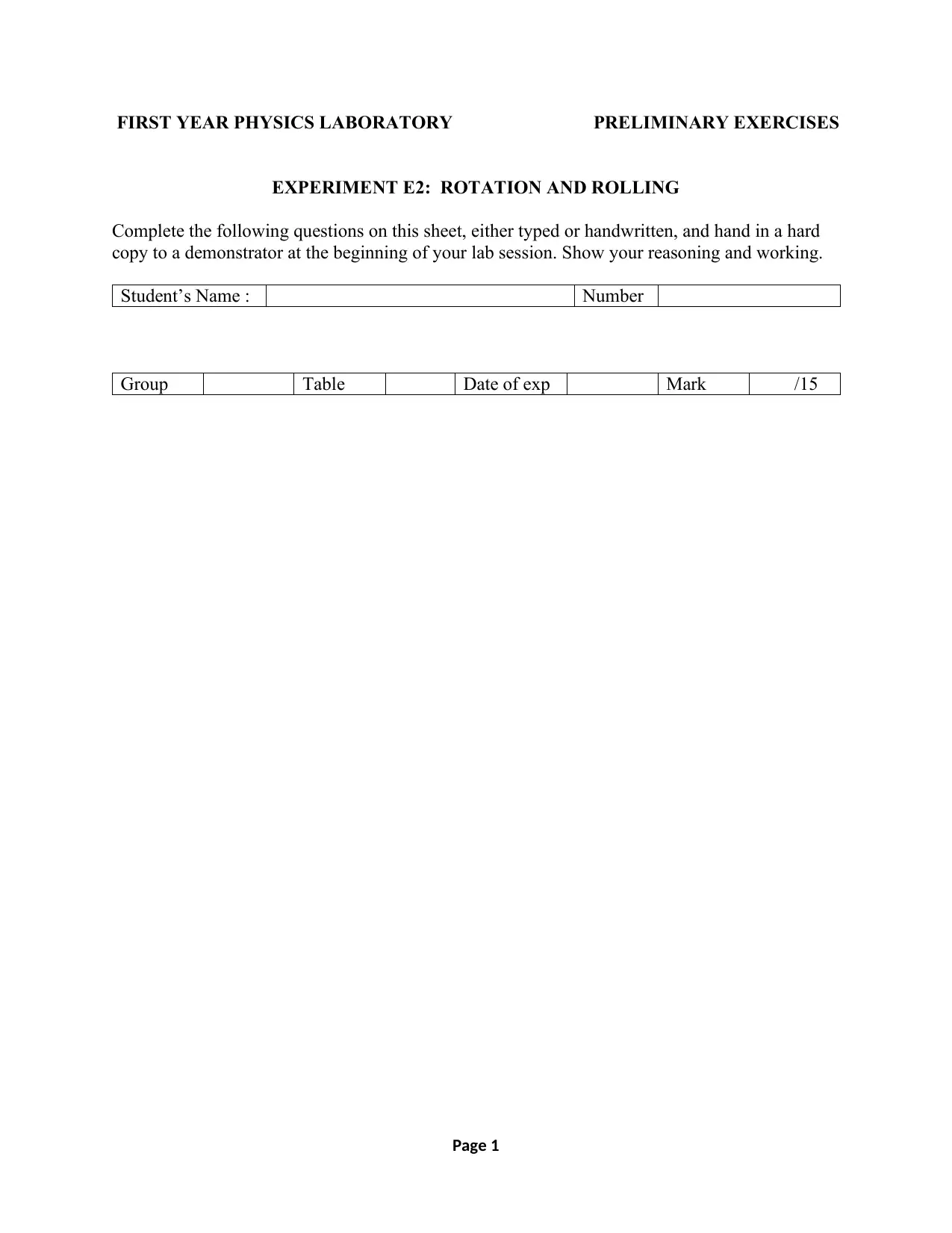
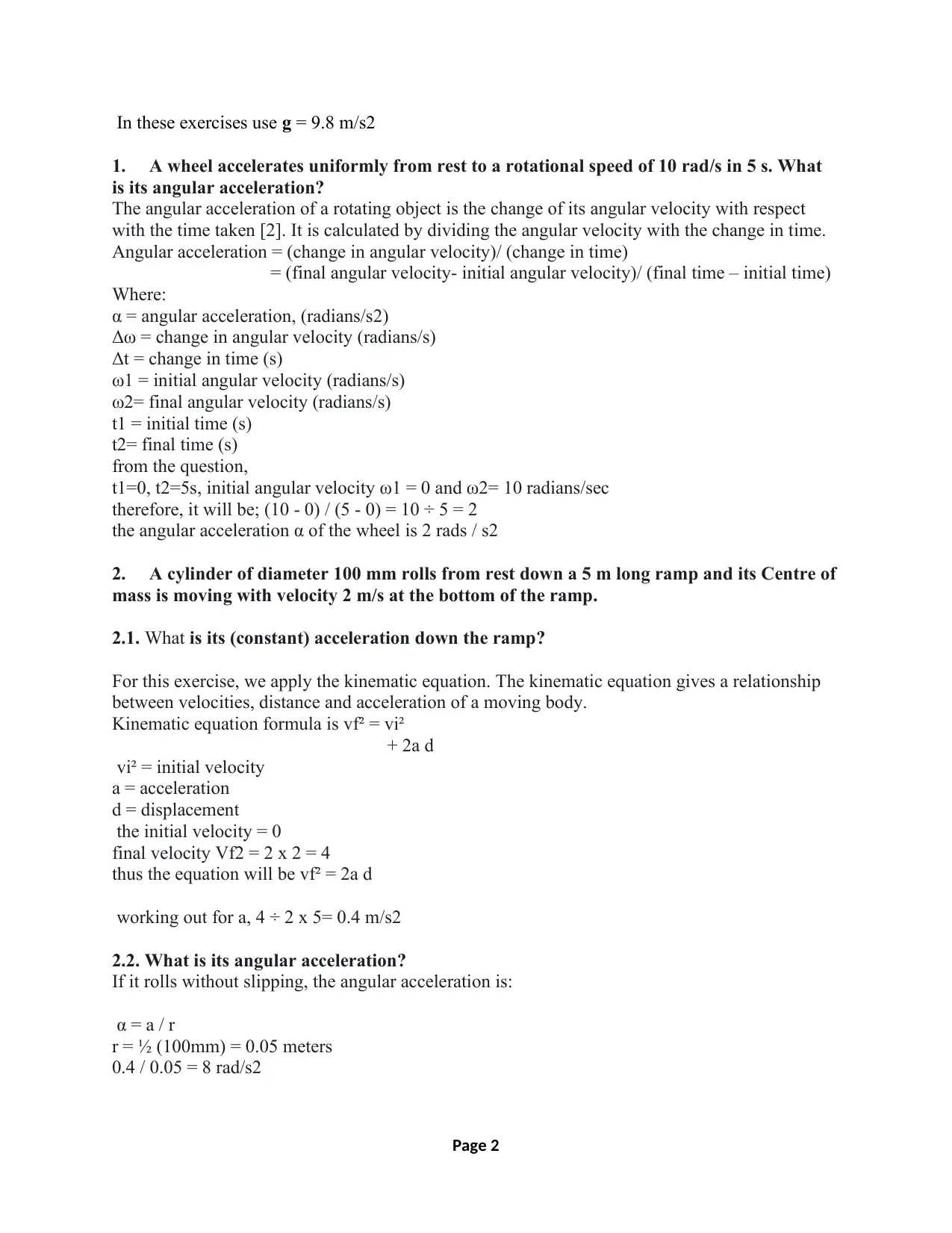
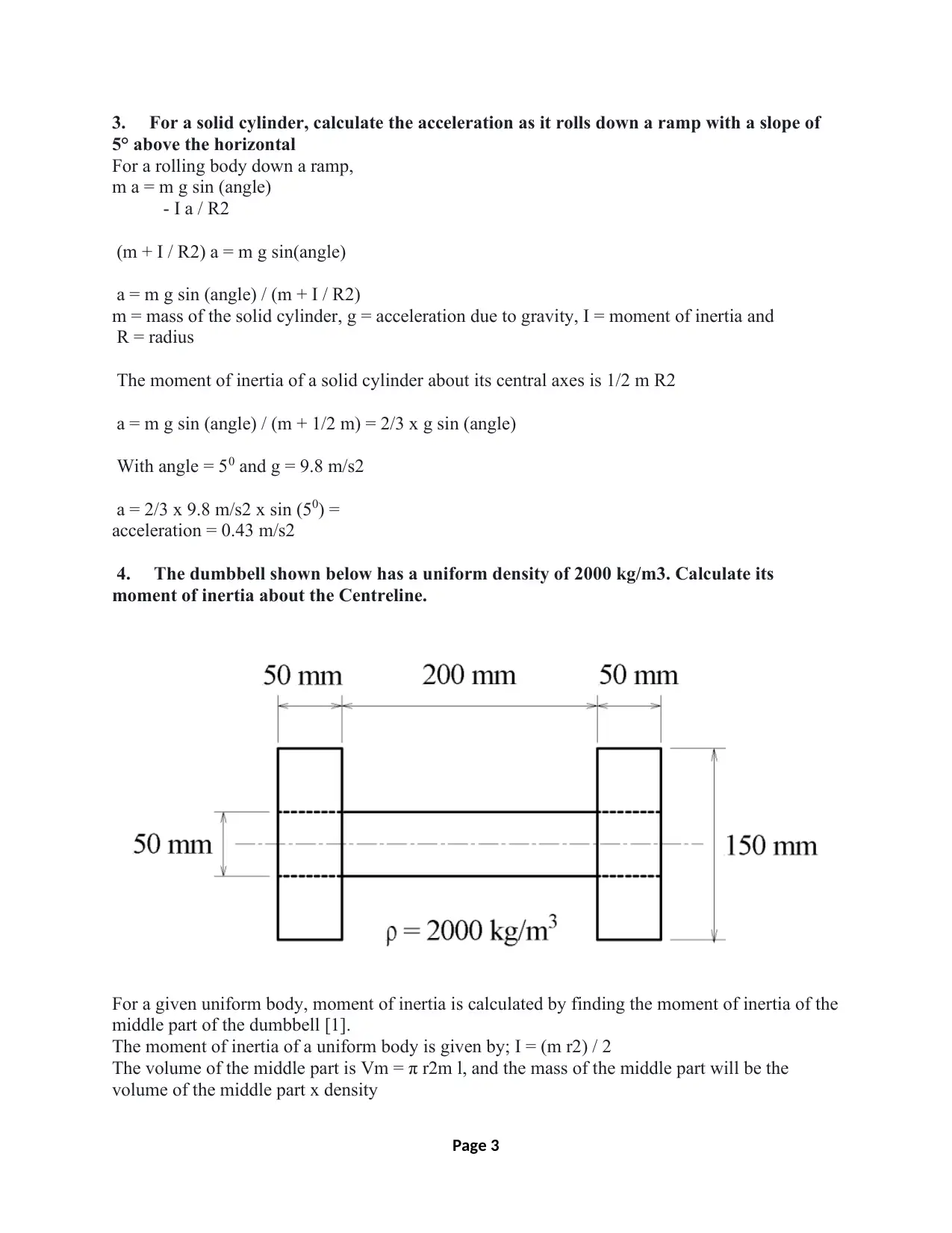

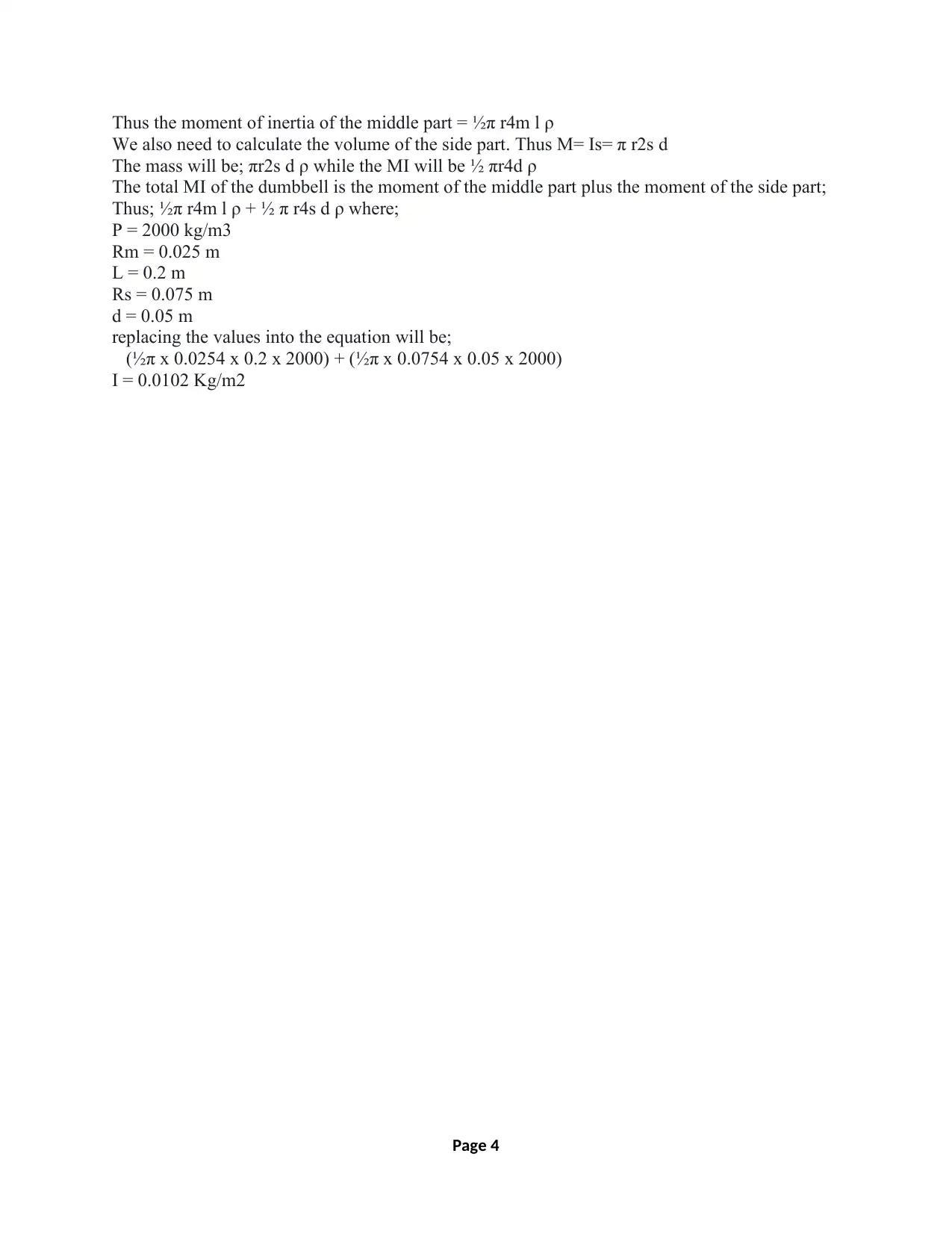
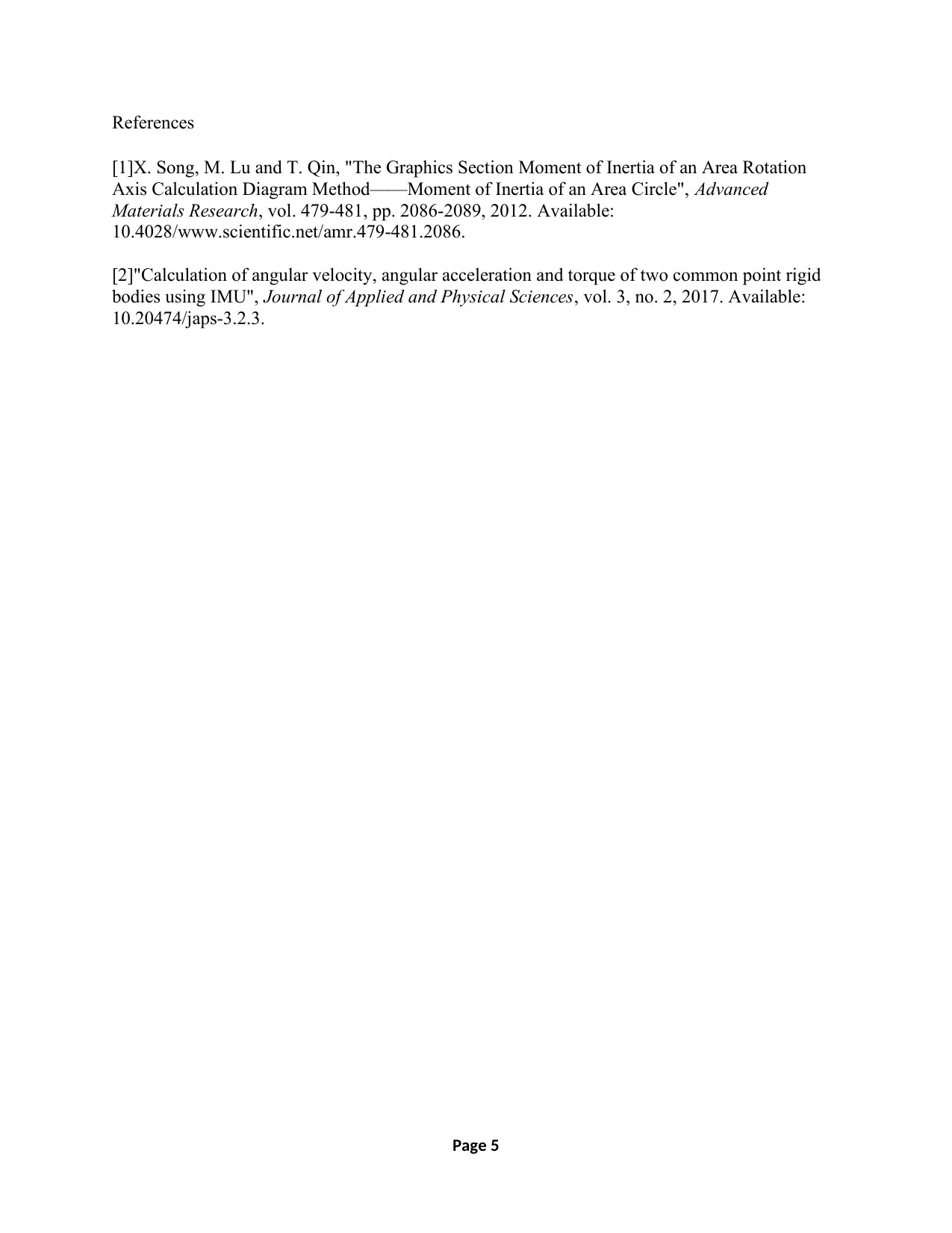






![[object Object]](/_next/static/media/star-bottom.7253800d.svg)